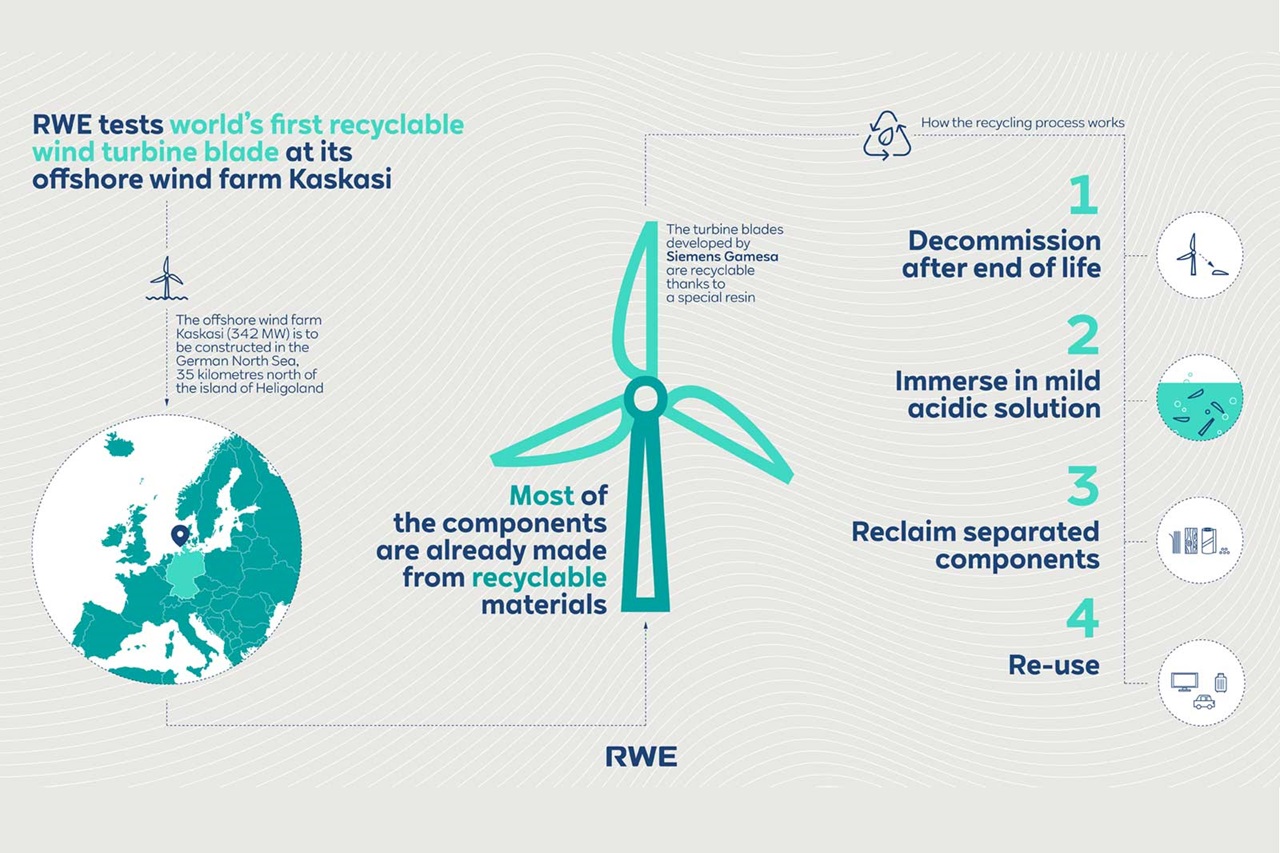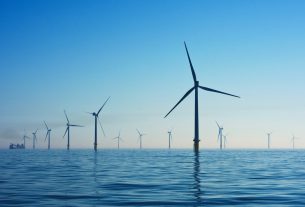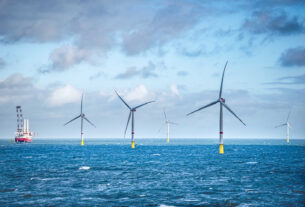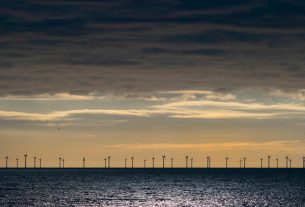Germany – At RWE’s Kaskasi offshore wind farm, a sustainable product makes its German debut. Siemens Gamesa and RWE have agreed to install a limited number of wind turbines with recyclable blades off the coast of Heligoland.
The 81-meter-long blades are the first of their kind, and will allow the composite pieces to be recycled into new goods at the end of their lives, paving the door for wind turbines to be fully recyclable. Kaskasi will be essential in testing the world’s first recyclable blade under operational settings for RWE beginning in 2022.
Many wind turbine components, such as the tower and nacelle, already have established recycling systems. Until date, recycling composite materials used in wind turbine blades has been more difficult due to a resin system that binds all components together. Siemens Gamesa uses a new resin type in its recyclable blade, with a chemical structure that allows the resin to be efficiently separated from other components. The method preserves the materials’ characteristics, allowing them to be reused in new casting applications such as the automobile sector or consumer items like as aircraft cases and flatscreen casings.
Technological advancement in offshore wind
The use of recyclable wind turbine blades is only one example of how RWE is at the forefront of technological advancement in the offshore wind industry. For the first time, the business will build customized collars around three monopile foundations at its 342 megawatt wind farm Kaskasi. The steel collars will be put at seabed level and are based on a RWE patent. To provide a stable connection, the area between the collar and the monopile foundation will be filled with grout material. RWE will conduct additional experiments to ensure that the collar improves structural behavior over standard monopiles.
Kaskasi offshore wind farm
In addition, Kaskasi will be the world’s first commercial offshore wind farm to use an upgraded installation method for pushing the wind turbine foundations into the seabed to their intended penetration depth. In comparison to traditional hammering techniques, the novel vibro pile driving technology greatly speeds up the foundation installation process, has a gentler impact on the structure while producing far less noise, and has a lower impact on the maritime environment. The Kaskasi pilot project is accompanied by a large-scale research study funded by the German Federal Ministry of Economic Affairs.
The Kaskasi offshore wind farm will be built 35 kilometres north of Heligoland. Kaskasi offshore wind project will provide green electricity to the equivalent of nearly 400,000 families once all 38 wind turbines are completely operational by the end of 2022.




